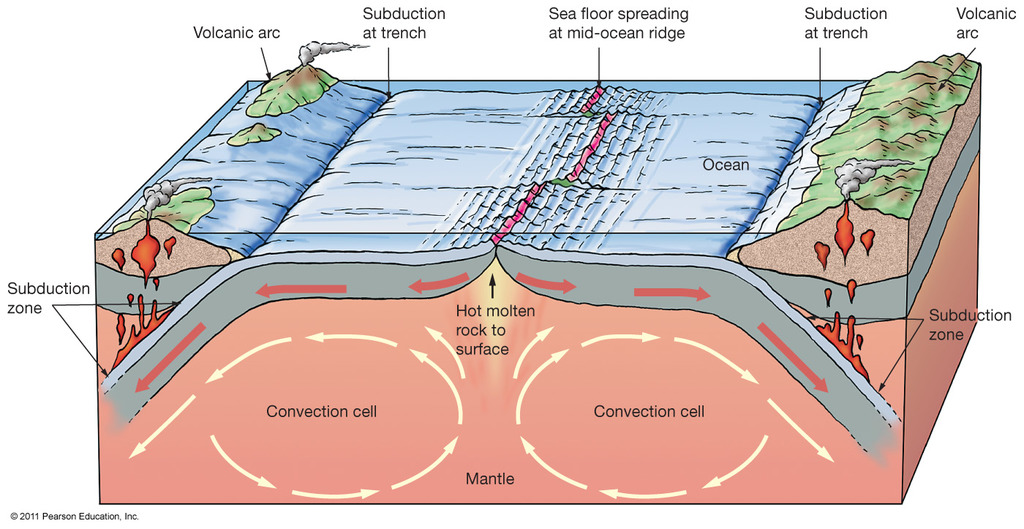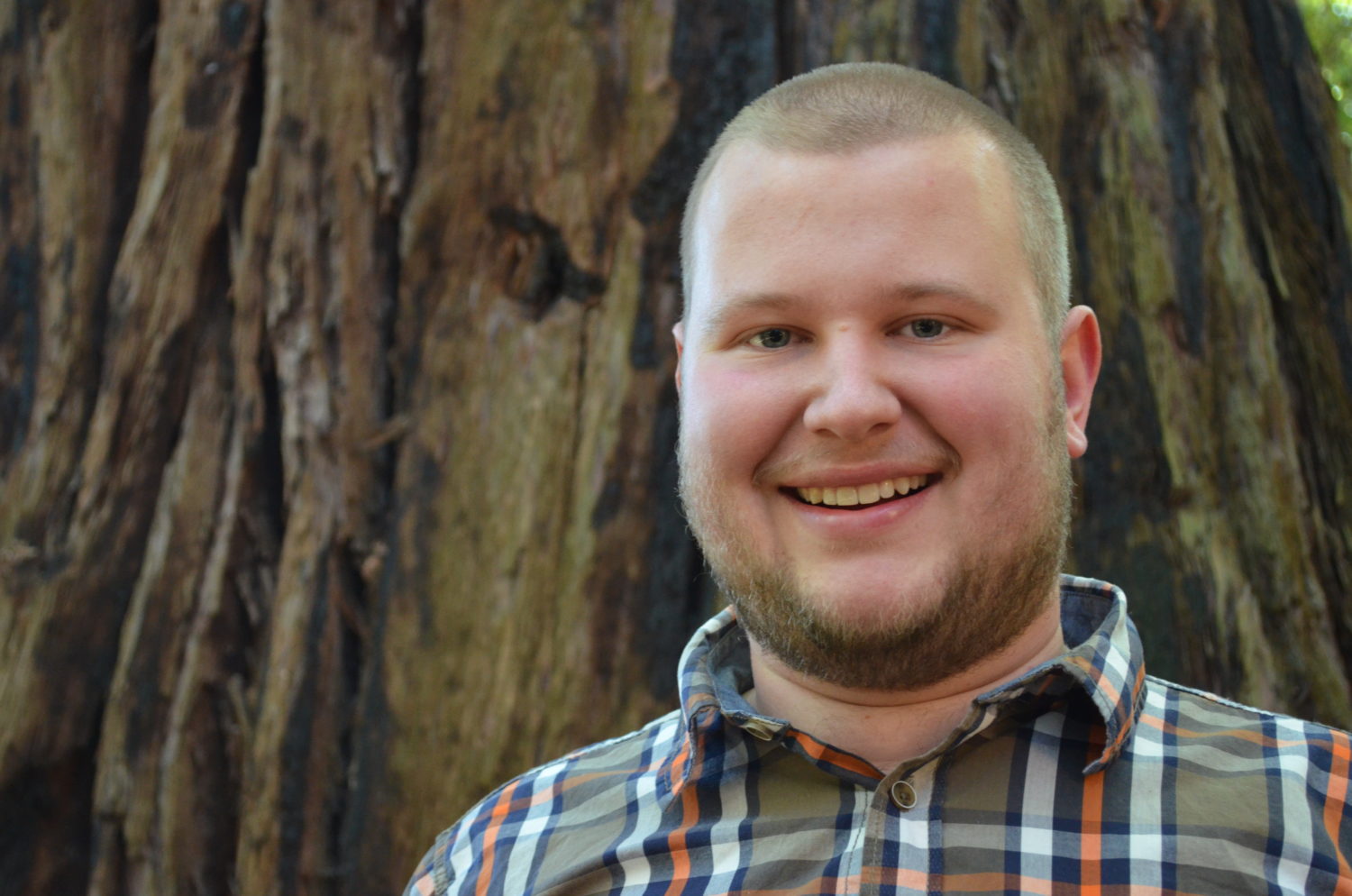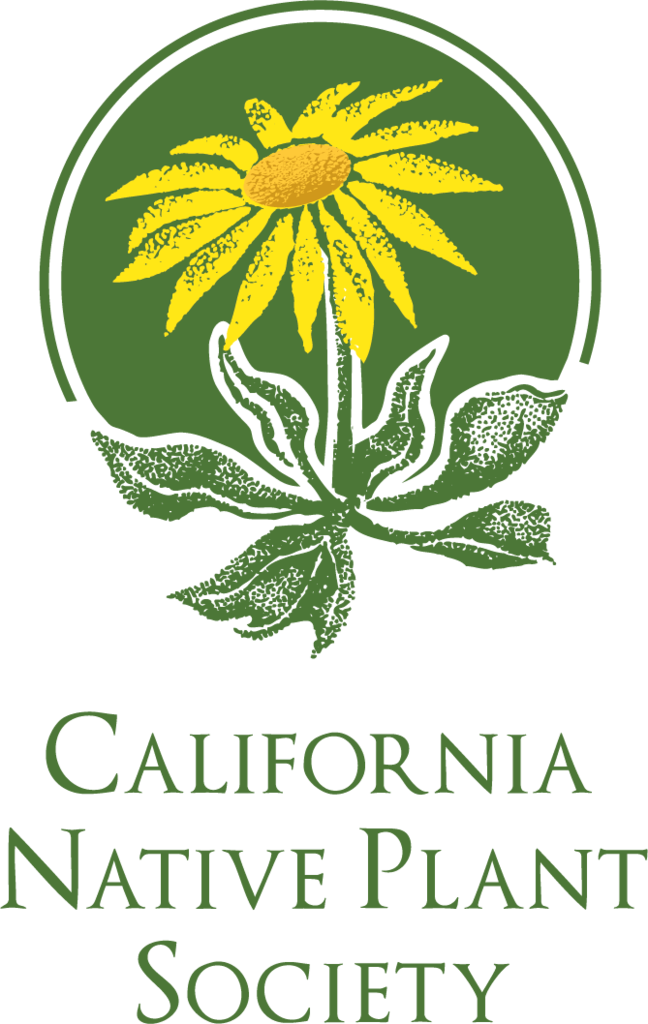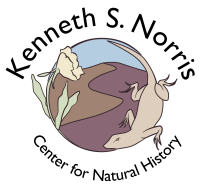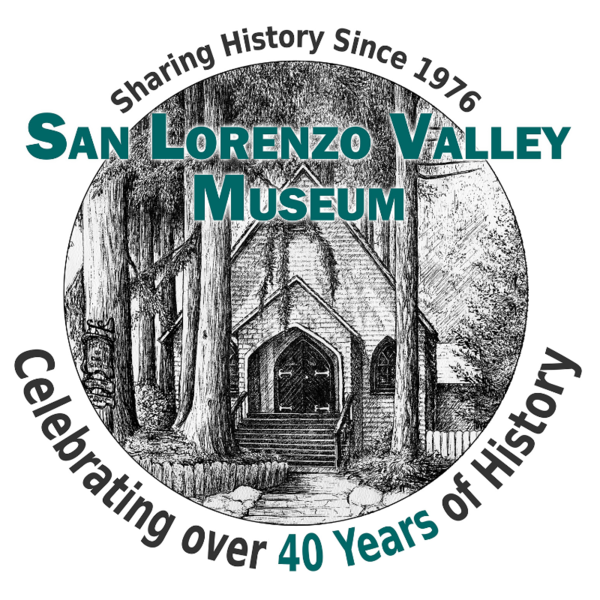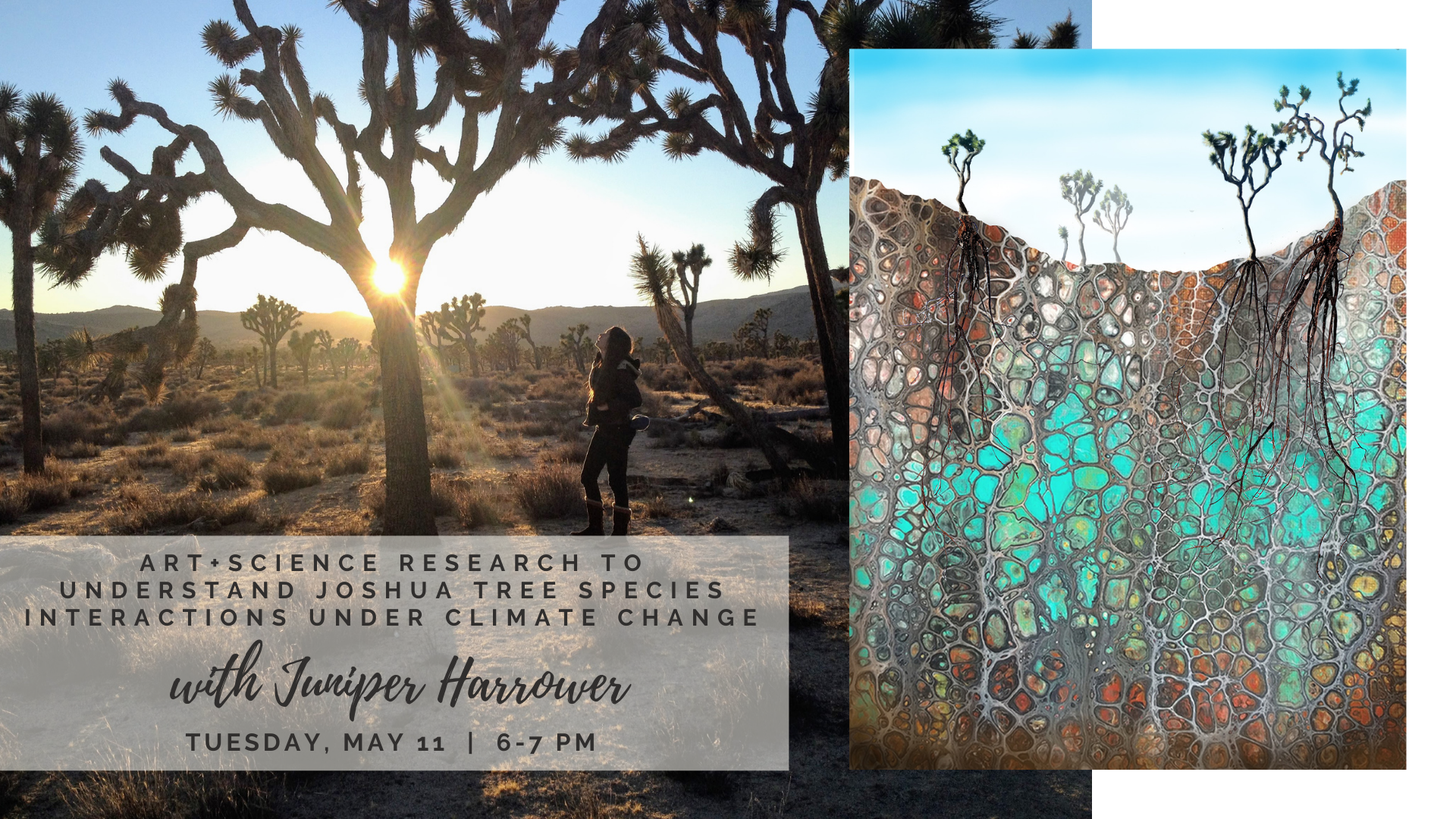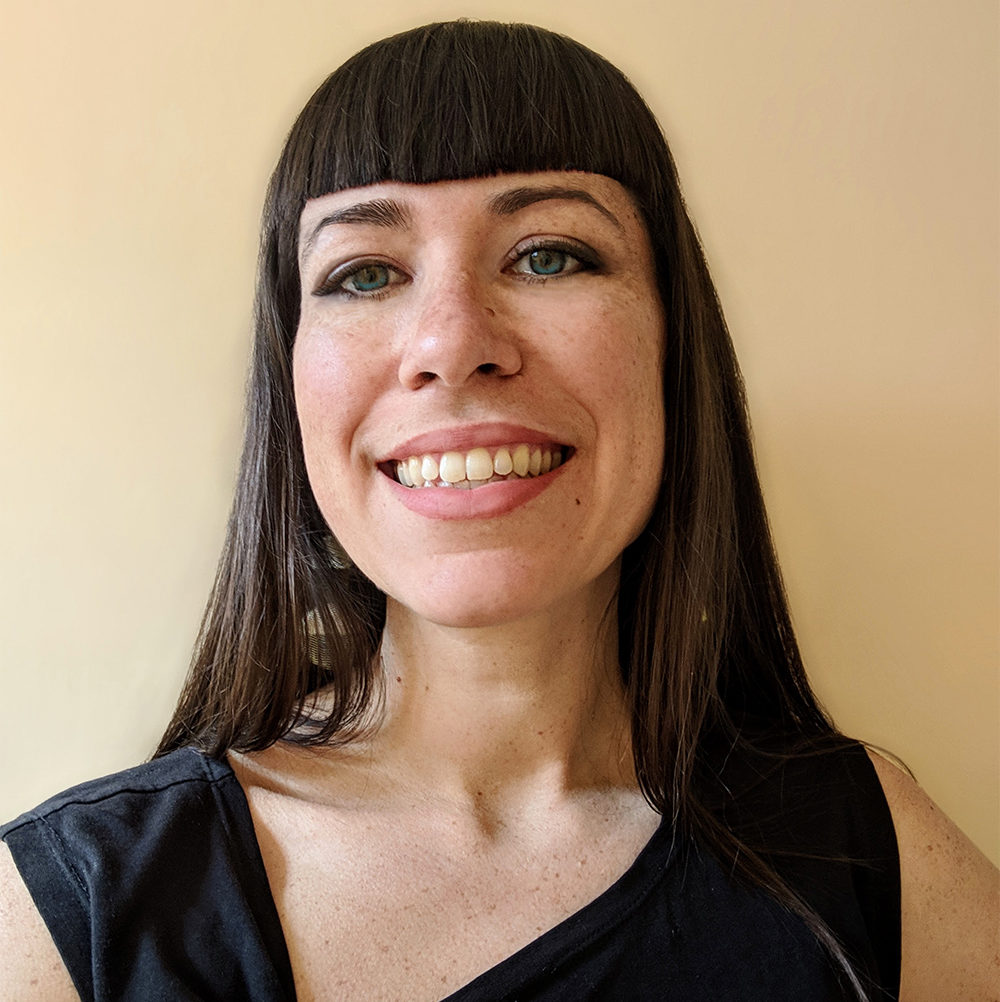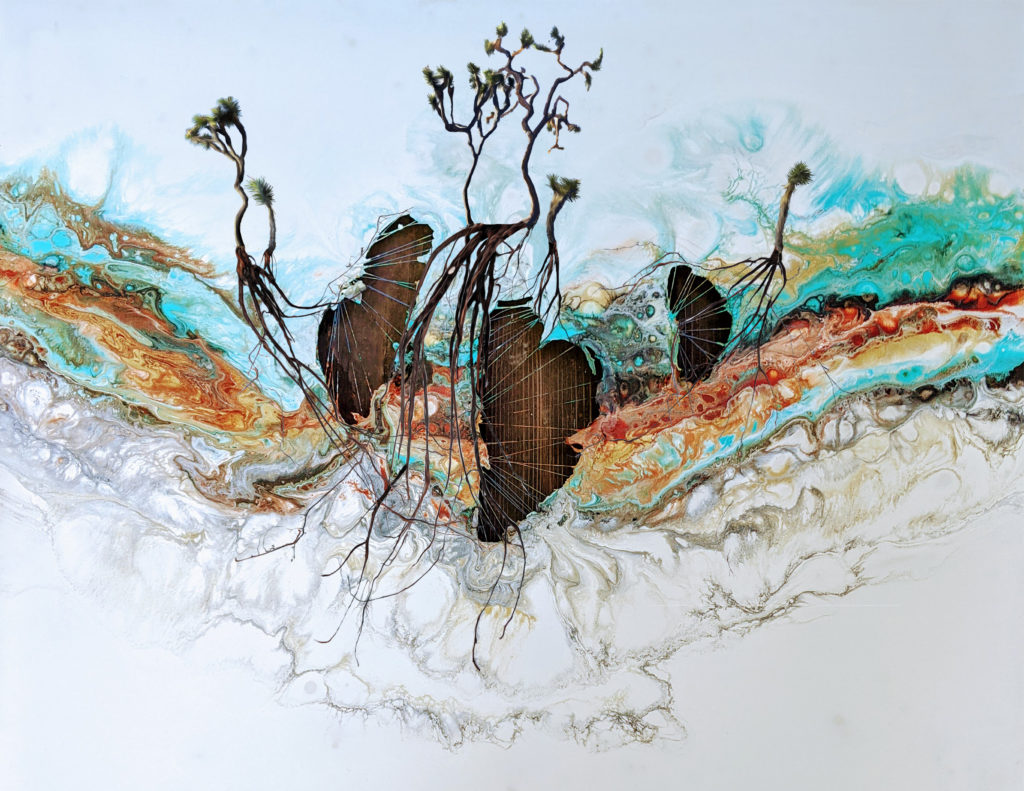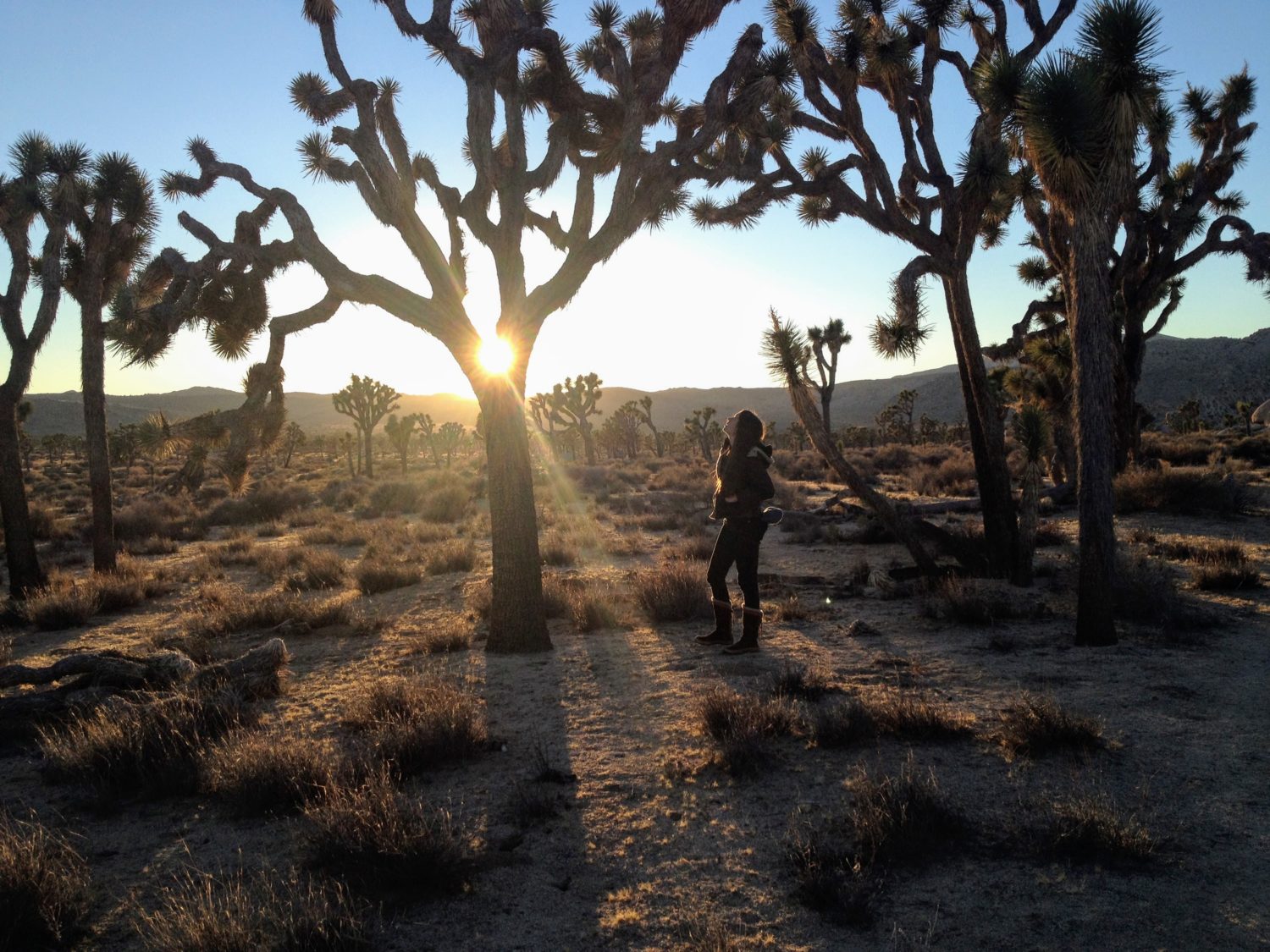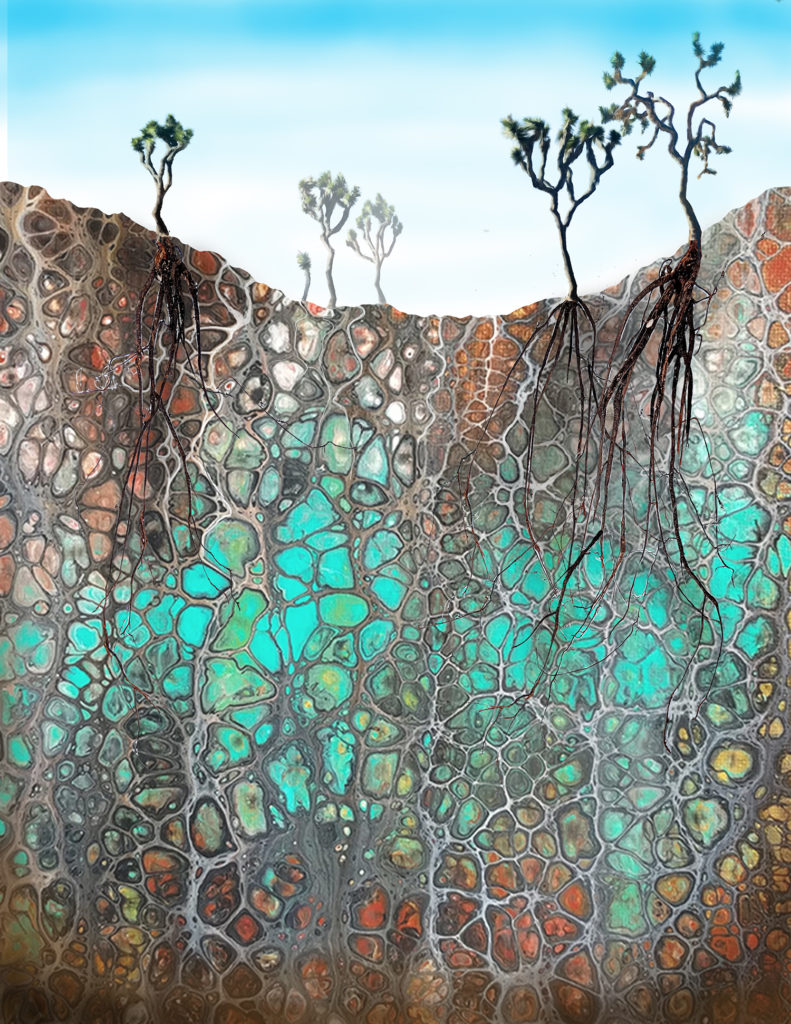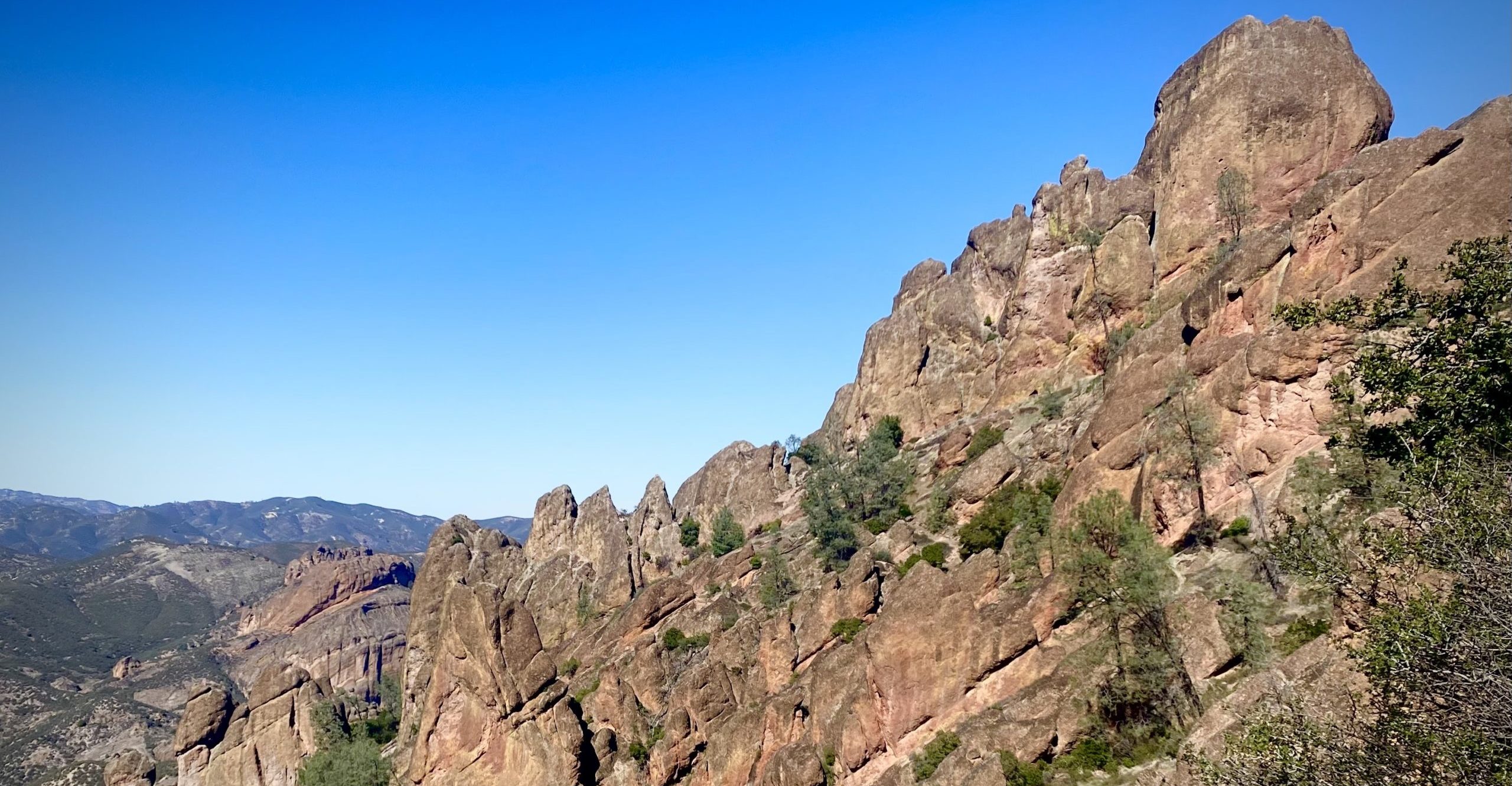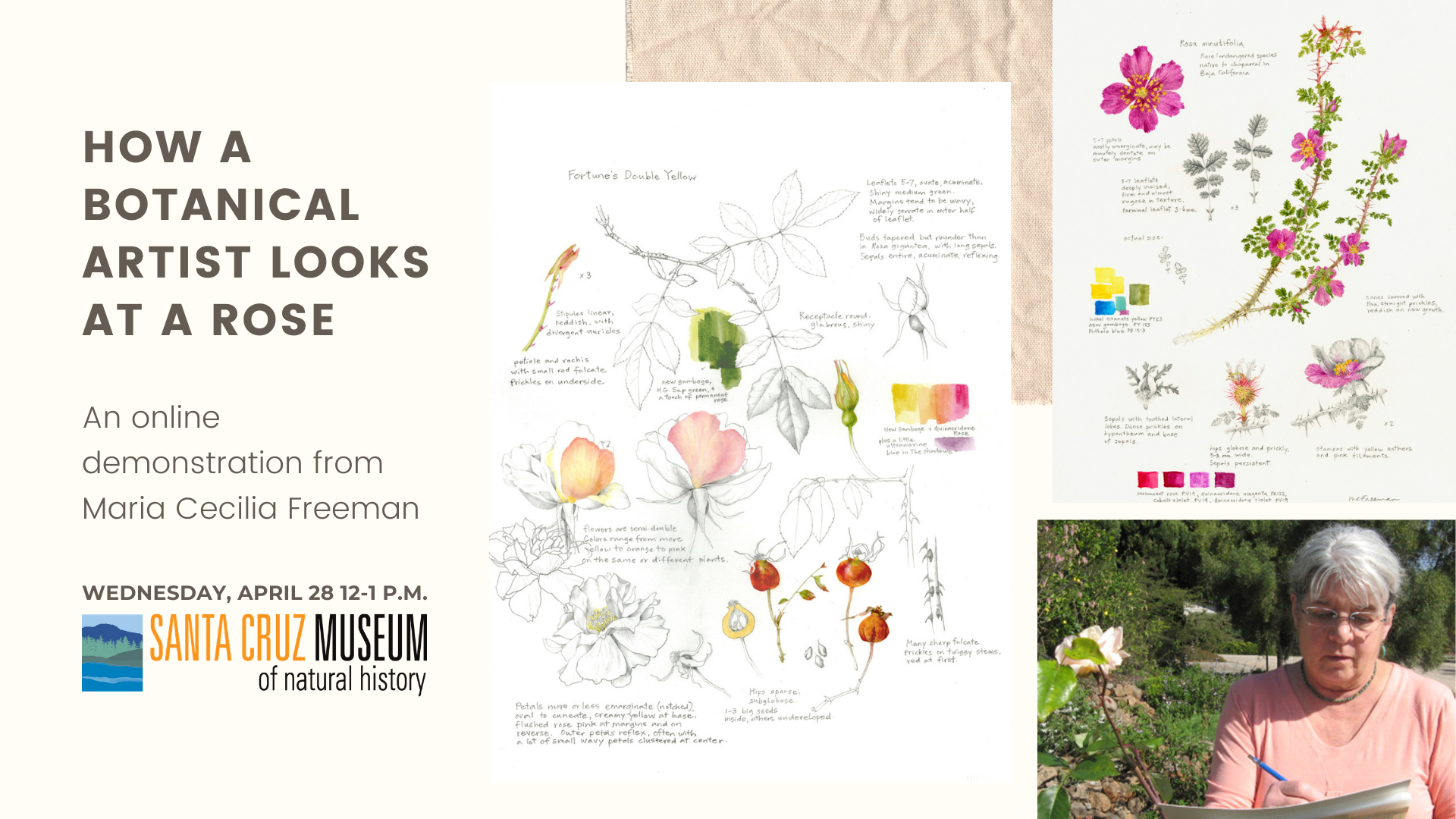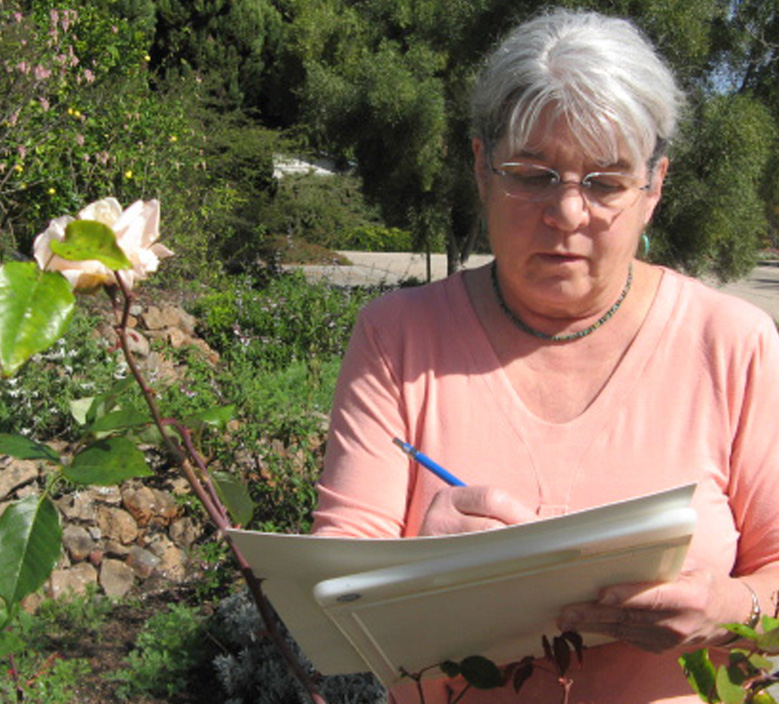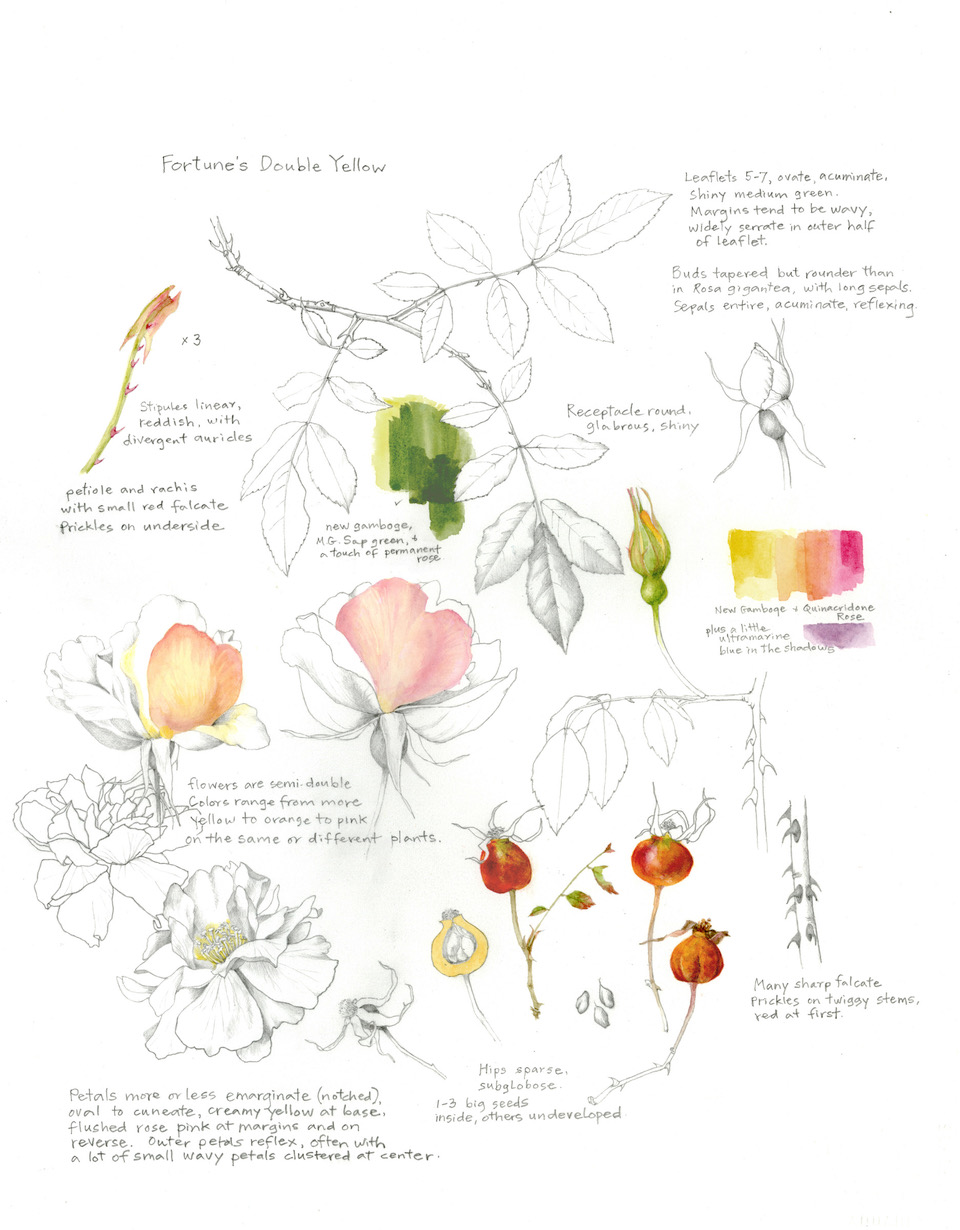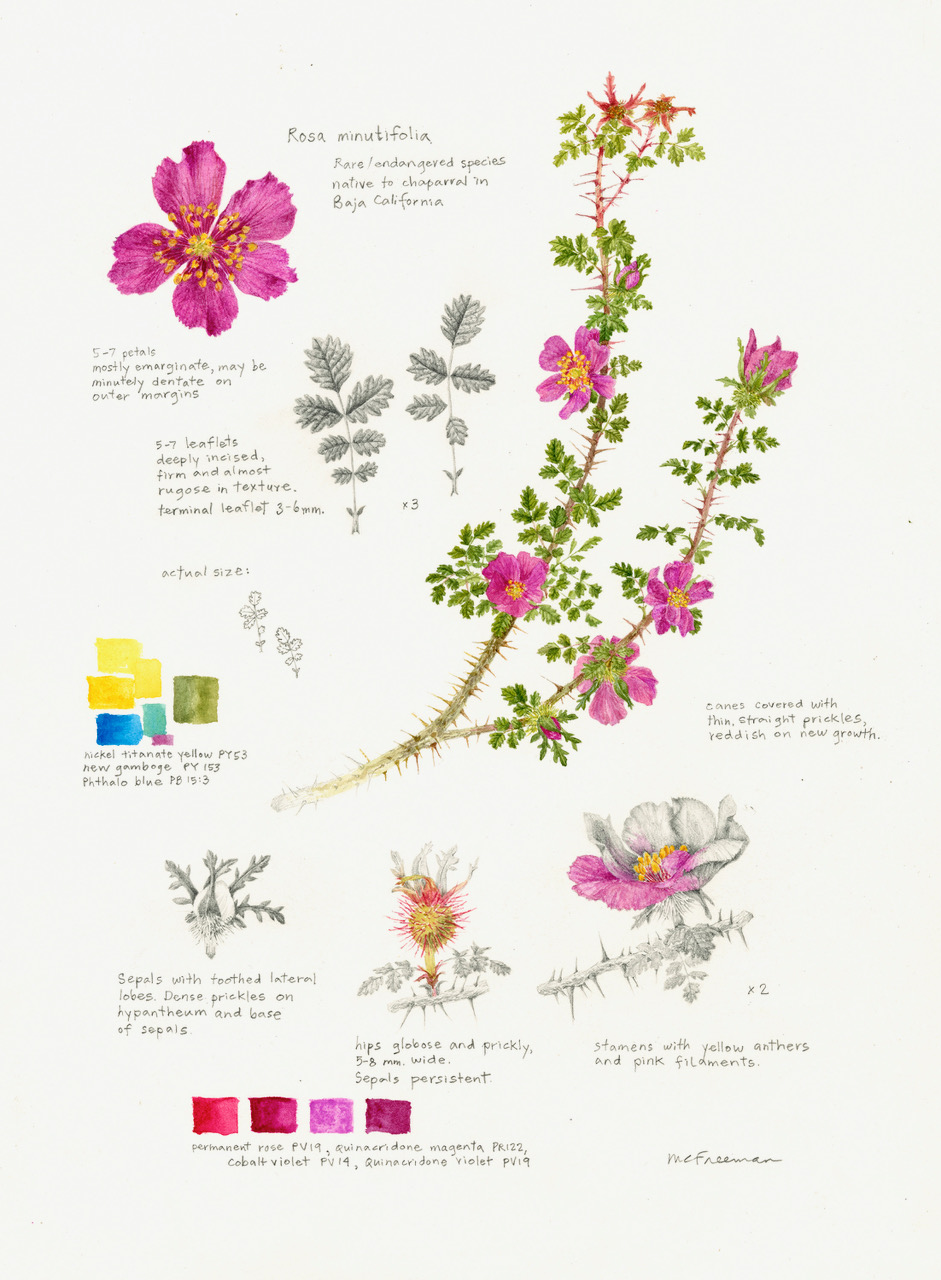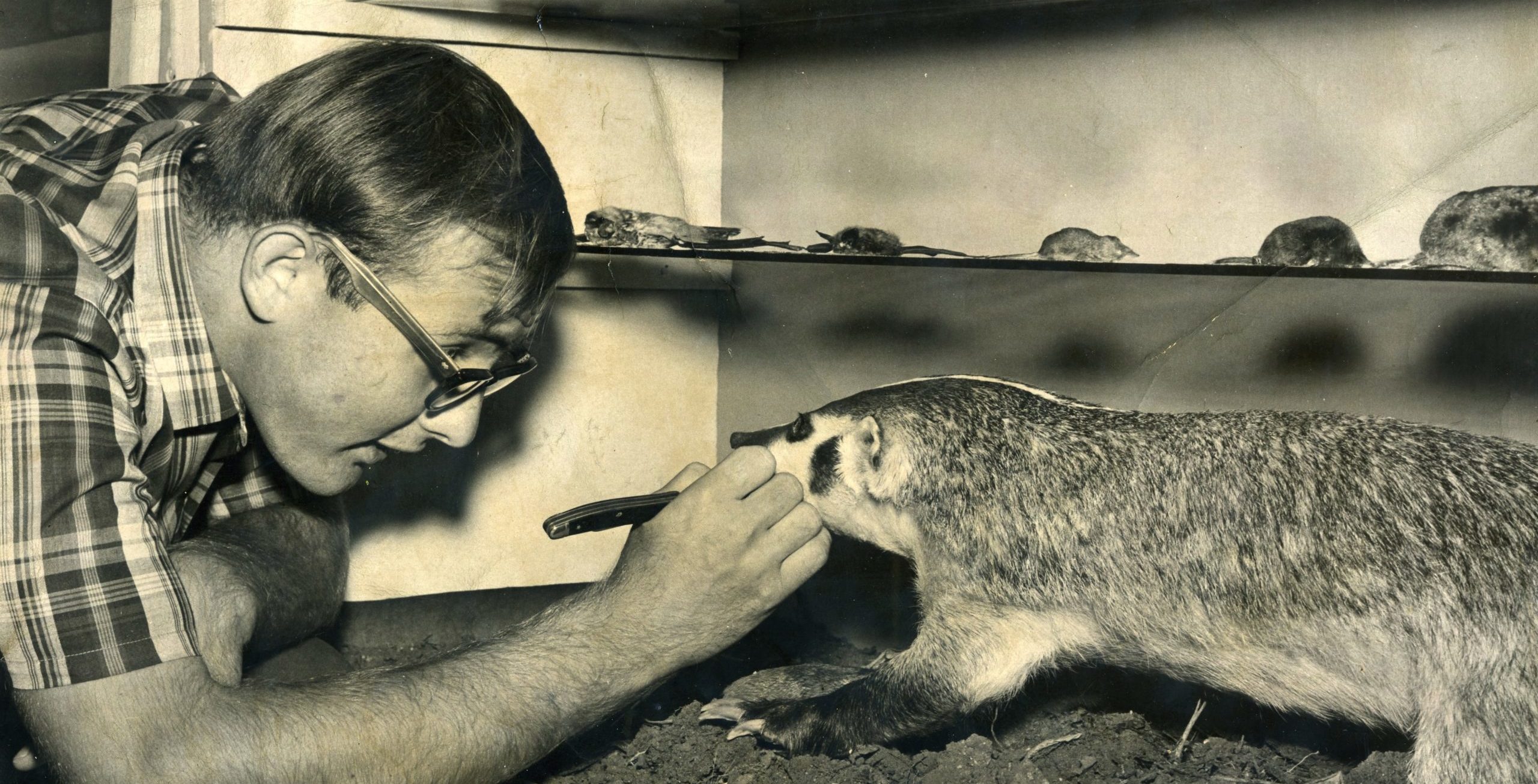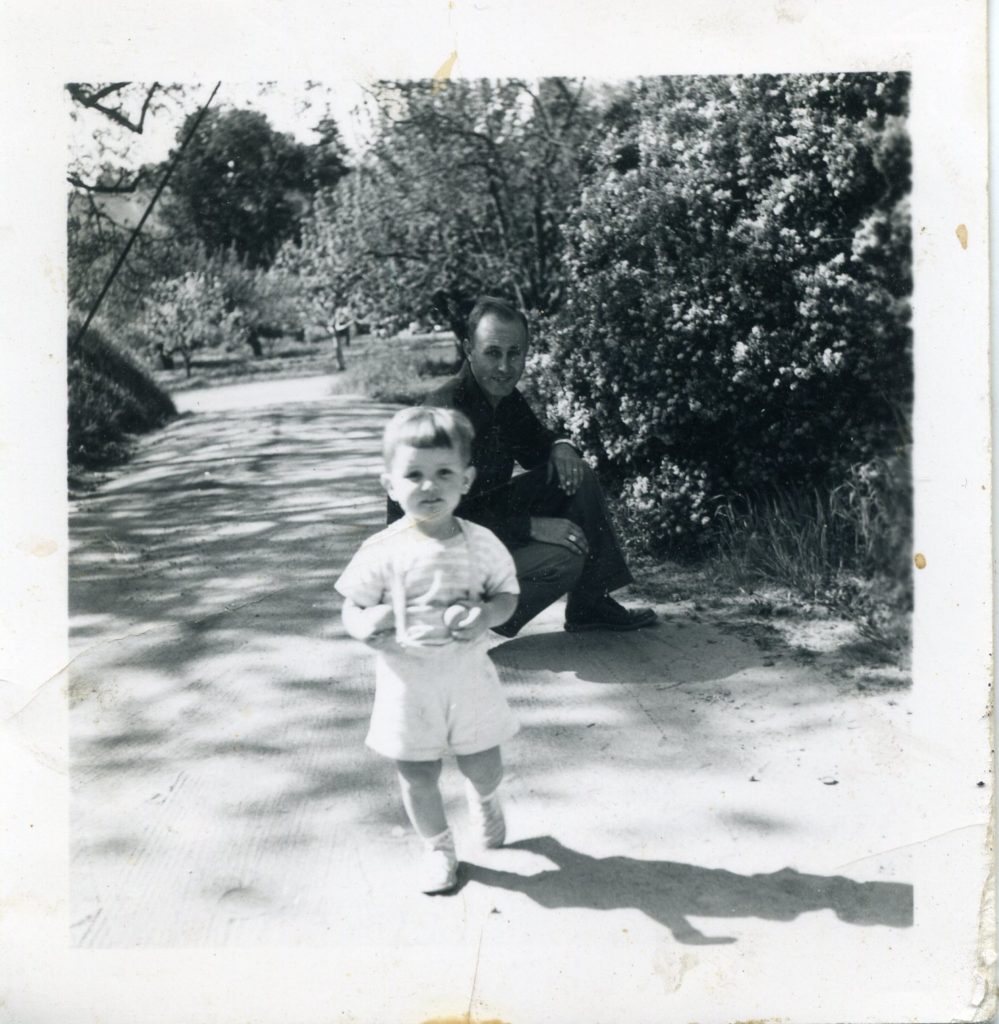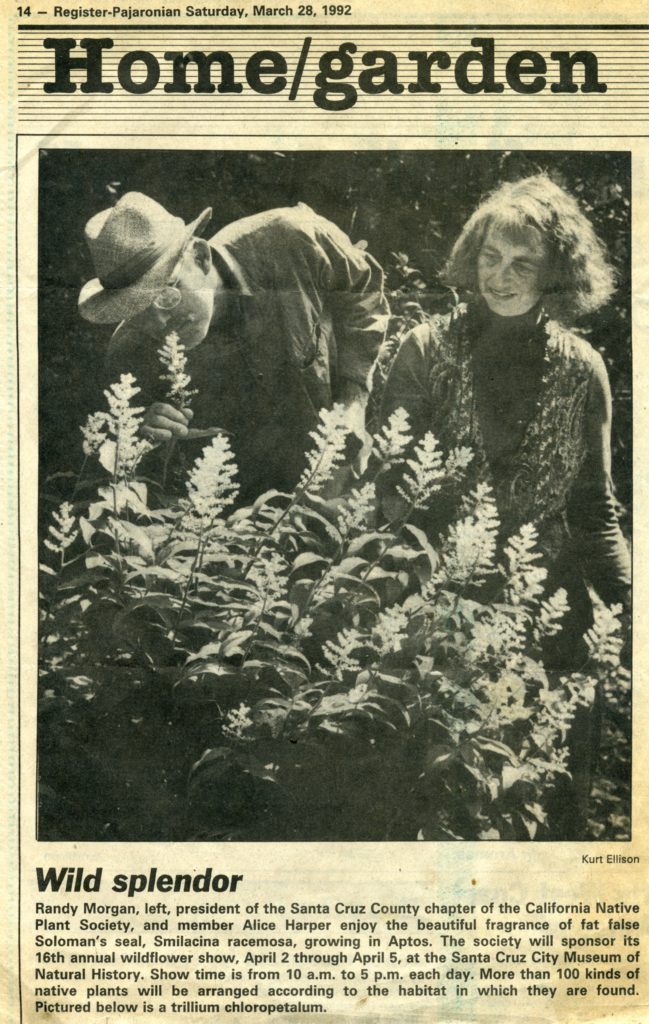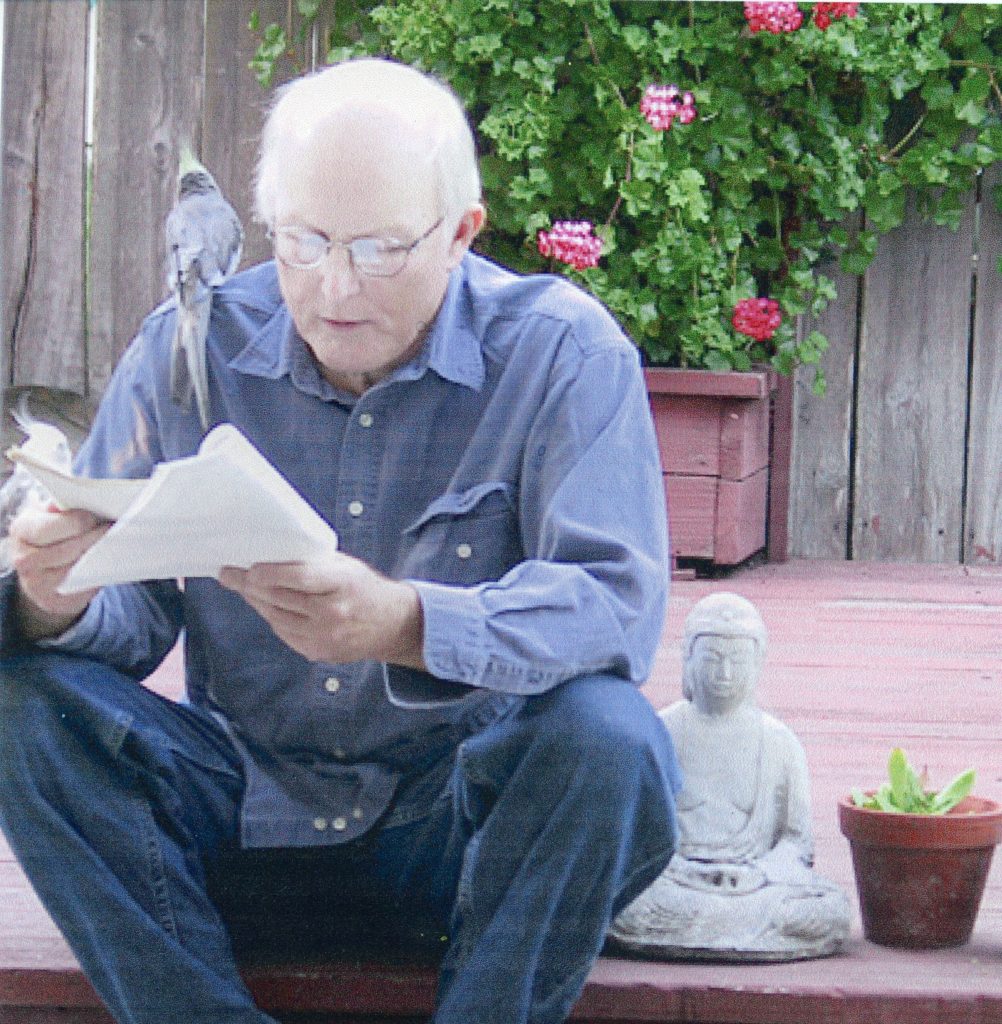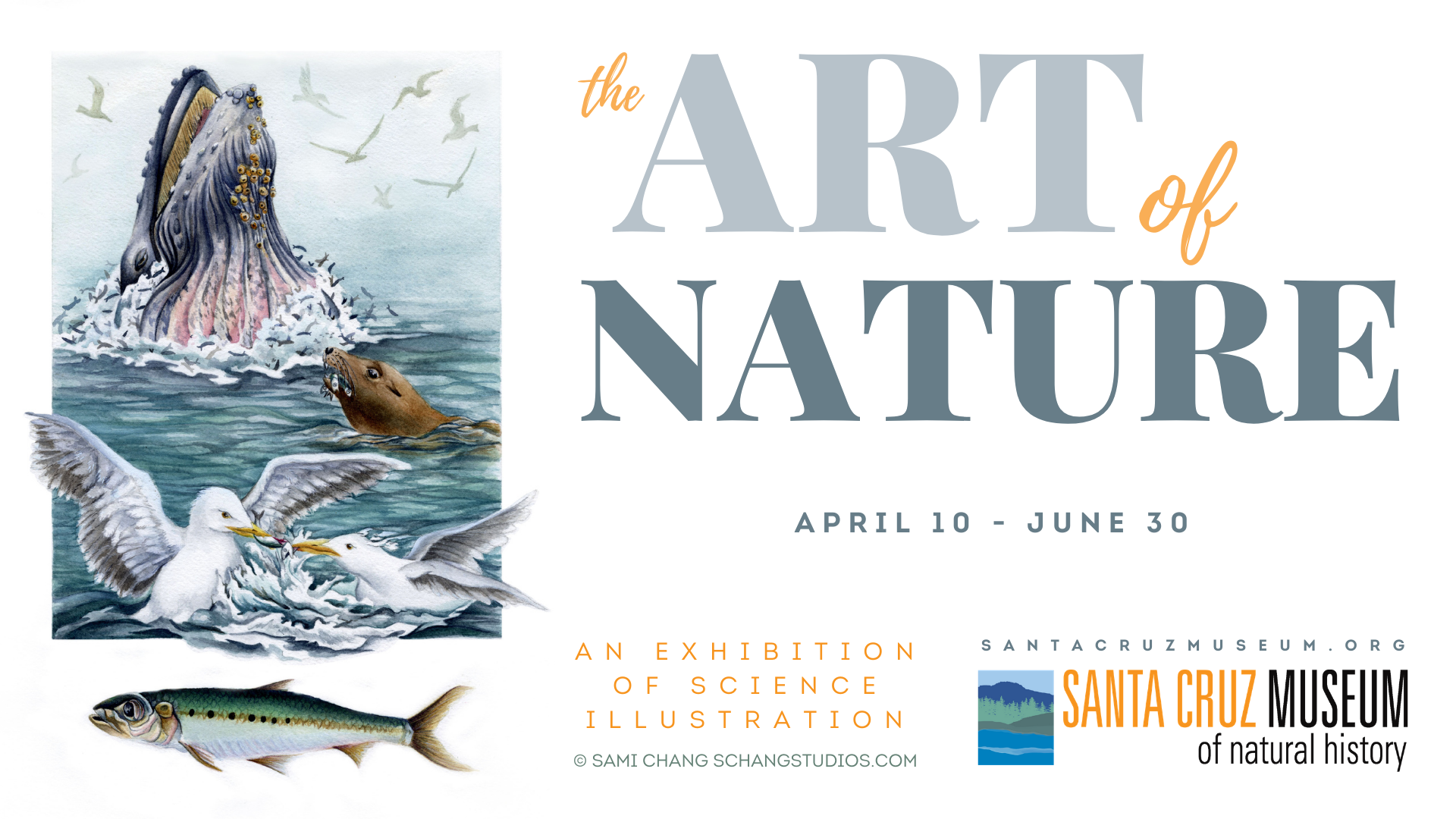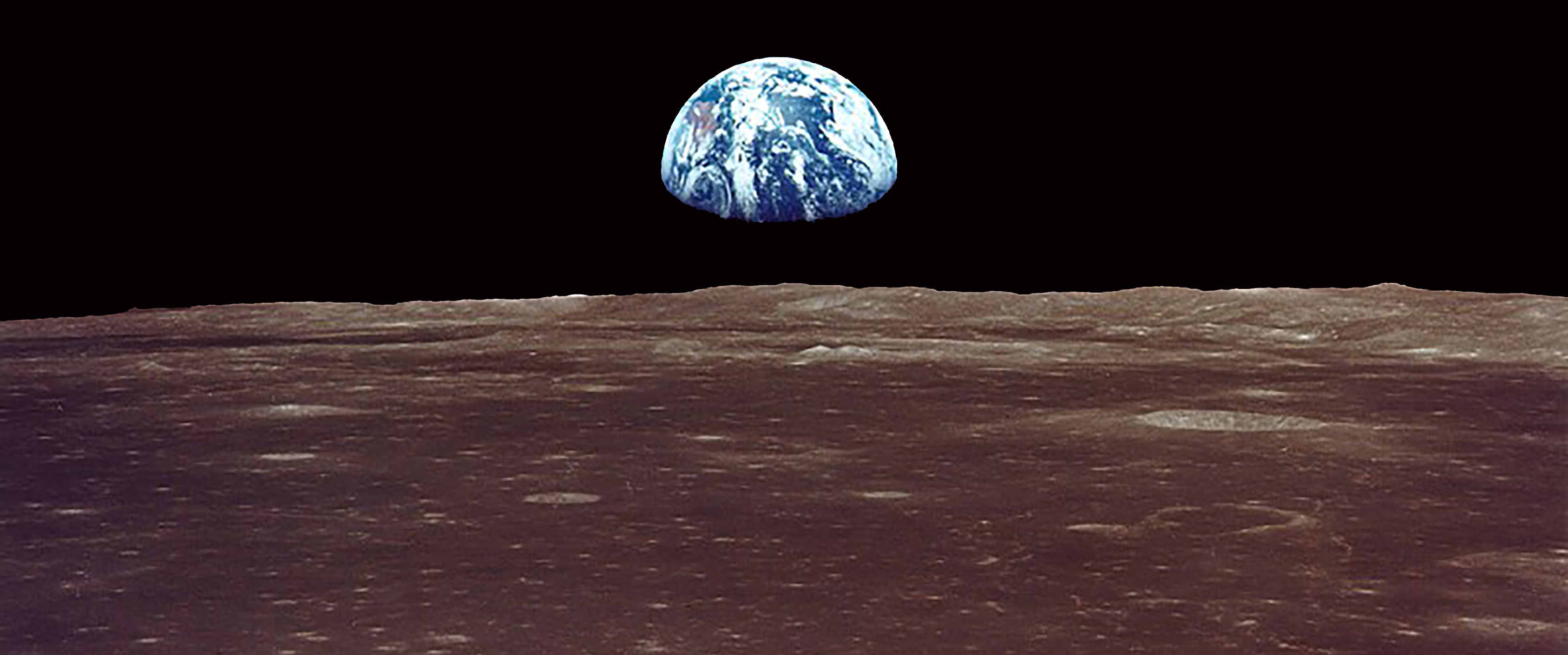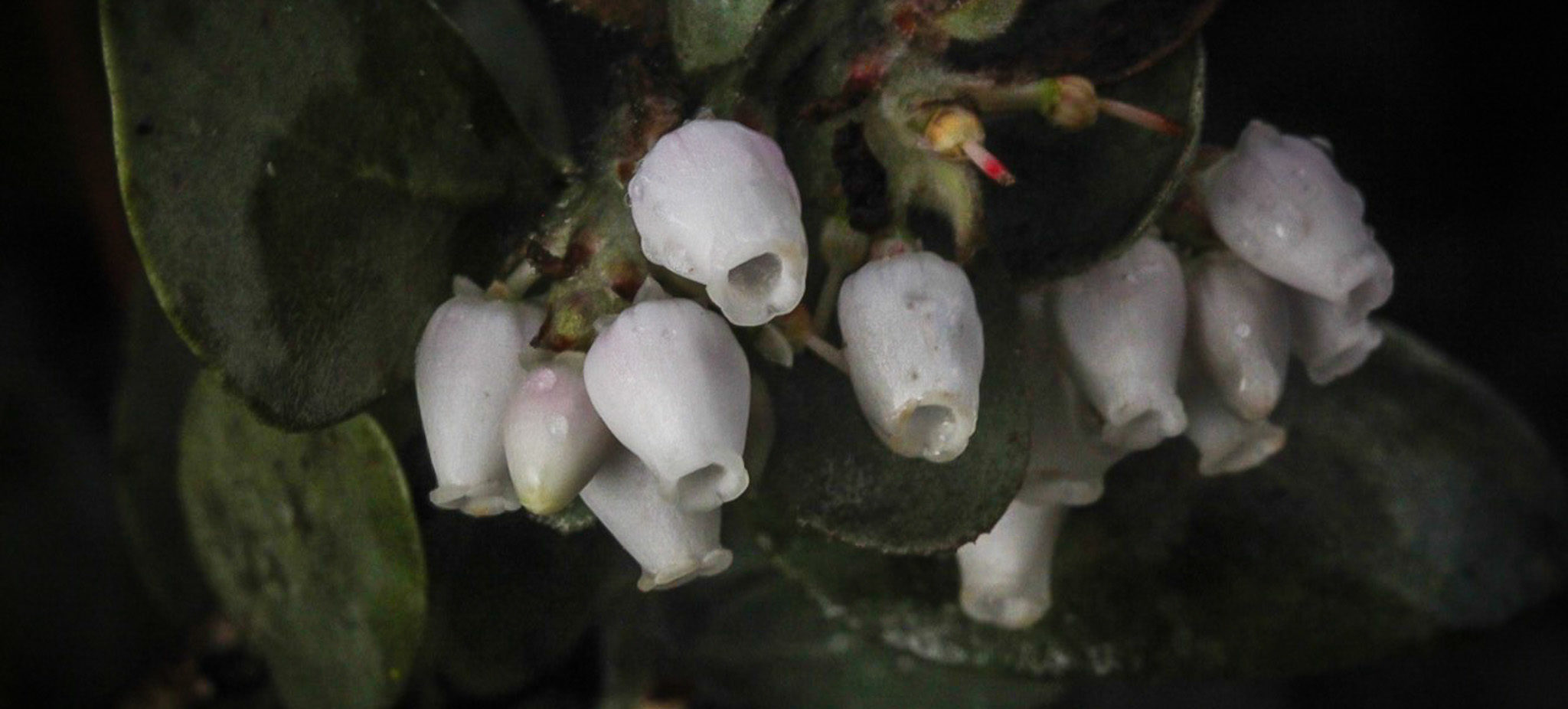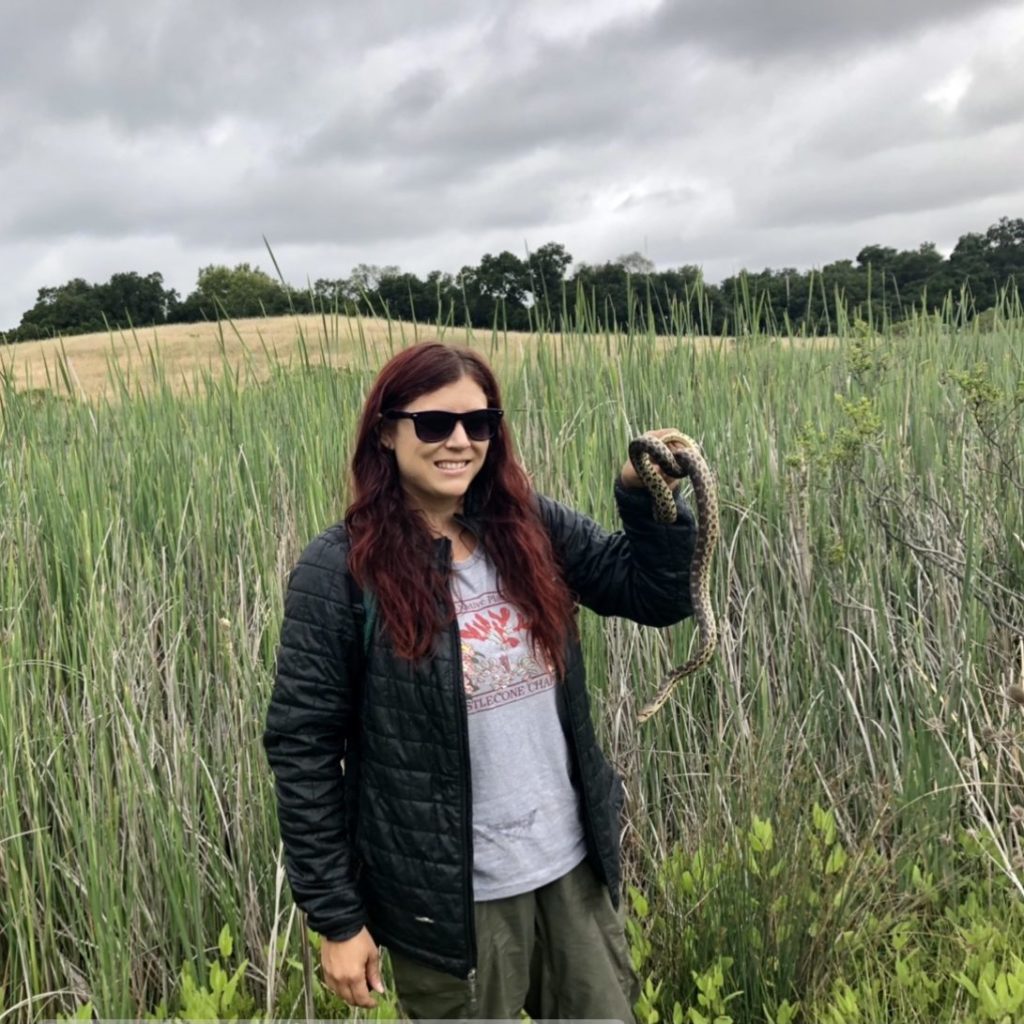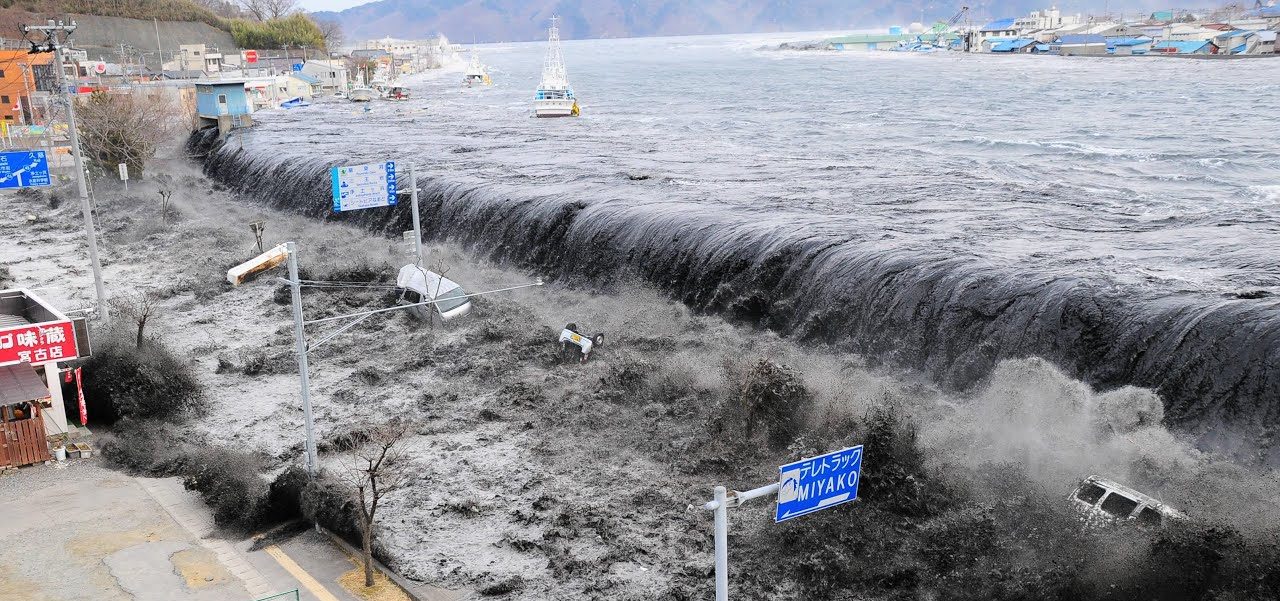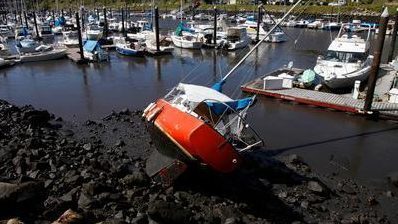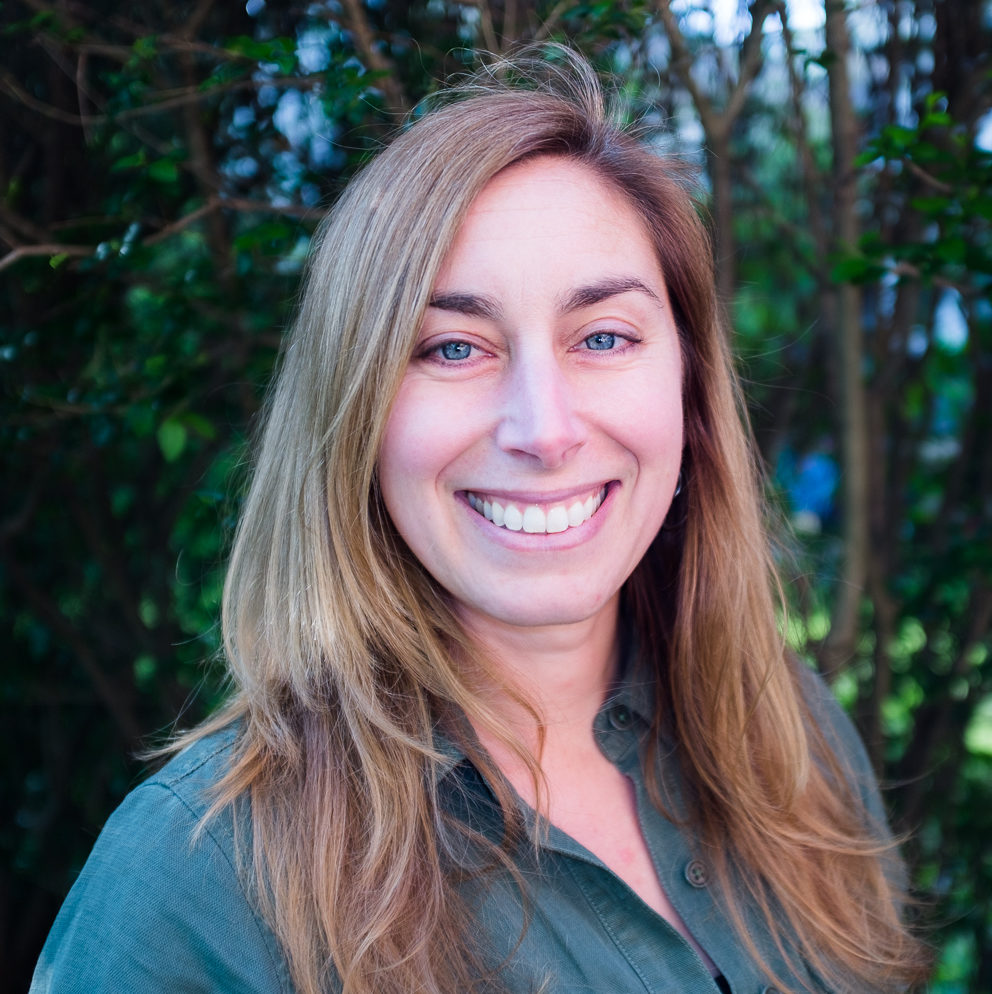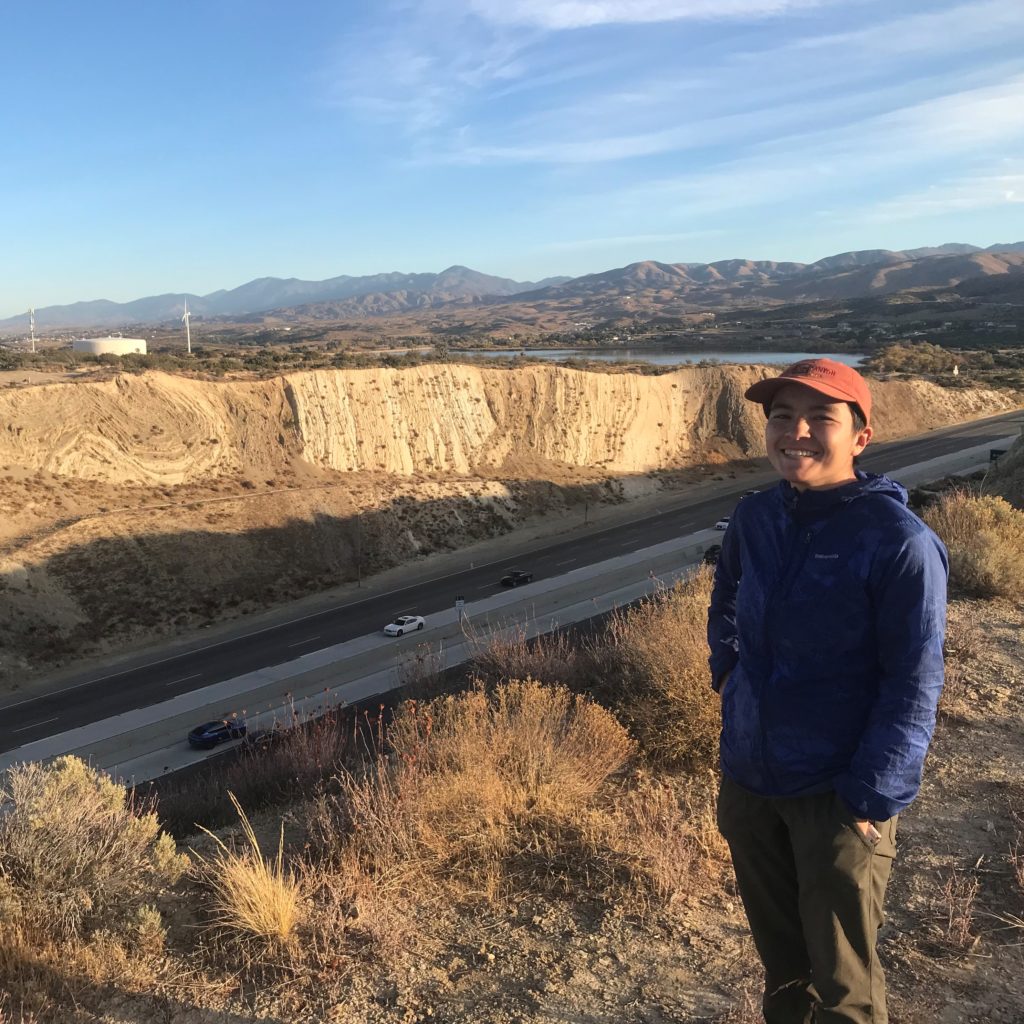The Earth’s crust is divided into two types: oceanic crust and continental crust. During this month’s Rockin’ Pop-Up, we’ll dive into the ever-changing landscape of the ocean floor, from the cozy sounding pillow lavas to the tongue-twisters of troctolite and ultramafic cumulates. It can be dark down there on the ocean floor. Let the Geology Gents help guide you around.
About the Series: Join the Geology Gents, Gavin and Graham, for monthly conversations about rocks live on Facebook. Each month we’ll explore a different geologic topic, from Santa Cruz formations to tips for being a more effective rockhound. Graham Edwards and Gavin Piccione are PhD candidates in geochronology with the Department of Earth and Planetary Sciences at UC Santa Cruz.
Submit your questions ahead of time by emailing events@santacruzmuseum.org and feel free to include pictures of rocks you’d like identified! Note: you do not need to have a Facebook account to be able to watch the program live.

